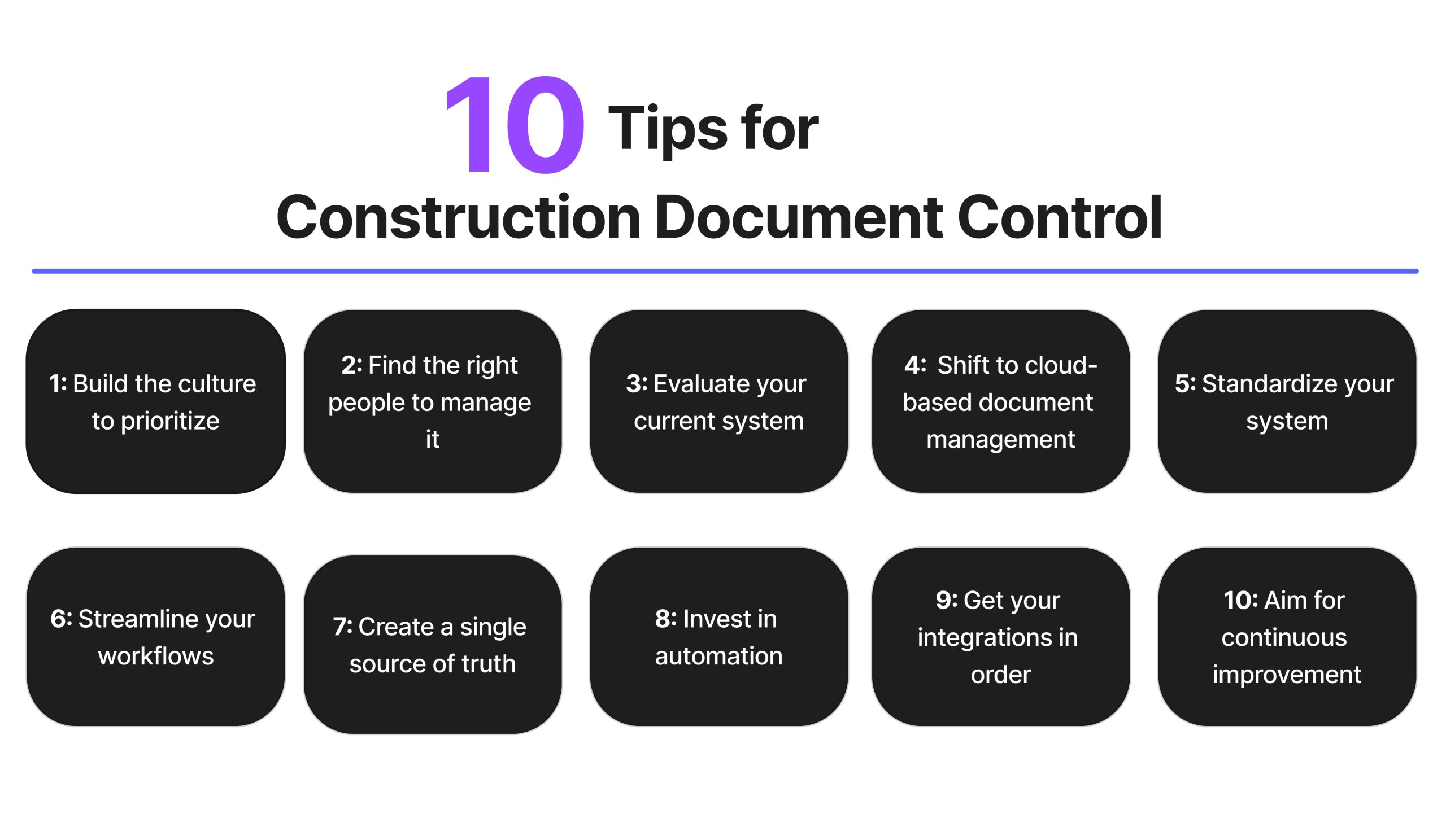Optimizing Task Cooperation: Engineer's Ideal Practices in Building And Construction Record Monitoring
In the intricate realm of architectural tasks, the reliable management of construction files stands as a foundation for success. In the middle of this intricacy exists a critical question: how can architects improve partnership processes to improve job results?
Leveraging Cloud-Based Platforms
Leveraging cloud-based platforms is an essential method for contemporary designers in enhancing building paper administration processes. By transitioning from conventional paper-based systems to cloud services, designers can improve collaboration, improve document ease of access, and enhance overall project performance. Cloud-based systems use designers the capability to store, share, and update building and construction documents in real-time, ensuring that all staff member have access to the most existing details despite their place. This accessibility advertises smooth communication and coordination among task stakeholders, causing fewer errors and delays in the building and construction procedure.
Furthermore, cloud-based systems offer a safe and secure atmosphere for storing delicate job details, using encryption, normal backups, and customer authorization setups to secure data stability. Architects can additionally benefit from the scalability of cloud remedies, enabling them to readjust storage ability and functionality based on job needs. Overall, leveraging cloud-based platforms equips engineers to enhance their building and construction paper management processes, driving better collaboration, effectiveness, and success in their tasks.
Implementing Version Control Solution
Having actually developed the benefits of cloud-based platforms in building and construction document management, designers can currently boost their record control procedures by applying Variation Control Systems. Version Control Systems (VCS) are necessary devices that track changes in files, guaranteeing that employee are constantly dealing with the most recent and most accurate information. By executing VCS, designers can preserve a central database where all task records are saved, making it possible for smooth cooperation while minimizing the risk of errors and version conflicts.
One key advantage of Version Control Systems is the capacity to track the full background of record adjustments, permitting customers to revert to previous variations if required (construction document management). This attribute is specifically beneficial in building and construction tasks where layout versions and adjustments are typical. VCS promotes far better interaction among team members by providing a clear audit trail of that made certain adjustments and when they were made. This openness not just enhances responsibility but additionally assists in solving conflicts or discrepancies that might emerge throughout the project lifecycle.
Establishing Interaction Methods
To guarantee effective and efficient job sychronisation, designers need to develop clear and durable interaction methods within their building and construction record monitoring procedures. This system might be a job administration software application, email threads, or cloud-based storage solutions.
Furthermore, communication protocols should additionally consist of standards on exactly how to deal with conflicts, change orders, and immediate concerns that might occur during the task lifecycle. Establishing an organized technique to communication guarantees that all stakeholders are on the very same page, promotes transparency, and inevitably adds to the successful conclusion of the building job.
Utilizing BIM Software Program for Sychronisation
BIM software plays a pivotal duty in improving coordination amongst project group members in the construction market. Building Details Modeling (BIM) assists in collaboration by giving a centralized system where designers, designers, specialists, and other stakeholders can collaborate in a worked with manner. Via BIM software, task his response participants can access and upgrade a common design which contains in-depth information concerning the building style, construction elements, and project routines.

In addition, BIM software program allows real-time collaboration and interaction among team participants, despite their physical area. With cloud-based BIM platforms, task stakeholders can access the most up to websites date project details, track changes, and make educated decisions promptly. Generally, leveraging BIM software for control improves task effectiveness, performance, and eventually leads to successful task results.
Ensuring Data Safety and Compliance
In the world of construction file monitoring, protecting information stability and making certain regulatory conformity are critical factors to consider for architects and various other task stakeholders. Designers have to implement durable protection steps to secure delicate project info from unapproved access or breaches. Making use of secure cloud storage options with security protocols and gain access to controls can aid reduce dangers linked with data theft or loss. On a regular basis upgrading software and systems, carrying out safety audits, and providing staff training on information protection best practices are necessary actions in maintaining a protected setting for building and construction document management.

Final Thought
In conclusion, engineers can optimize job collaboration in building record administration by leveraging cloud-based platforms, carrying out version control systems, establishing interaction protocols, using BIM software program for coordination, and making sure data protection and compliance. These finest techniques help improve the building and construction process, enhance interaction amongst project stakeholders, and boost efficiency in job distribution. By following these guidelines, designers can properly manage building papers and promote effective job results.
Via BIM software, project participants can access and update a shared design that has detailed information regarding the structure layout, construction components, and project schedules.
With cloud-based BIM platforms, job stakeholders can access the most current job info, track adjustments, and make educated choices promptly - construction document management. Overall, leveraging BIM software for coordination enhances task performance, performance, and inevitably leads to effective task end results
In verdict, engineers can enhance job partnership in building document management by leveraging cloud-based systems, applying variation control systems, developing communication protocols, utilizing BIM software program for control, and making sure data security and conformity. These ideal methods help streamline the construction procedure, boost communication amongst job stakeholders, and improve efficiency in task shipment.
Comments on “Grasping Company: Improve Performance with Construction Document Management”